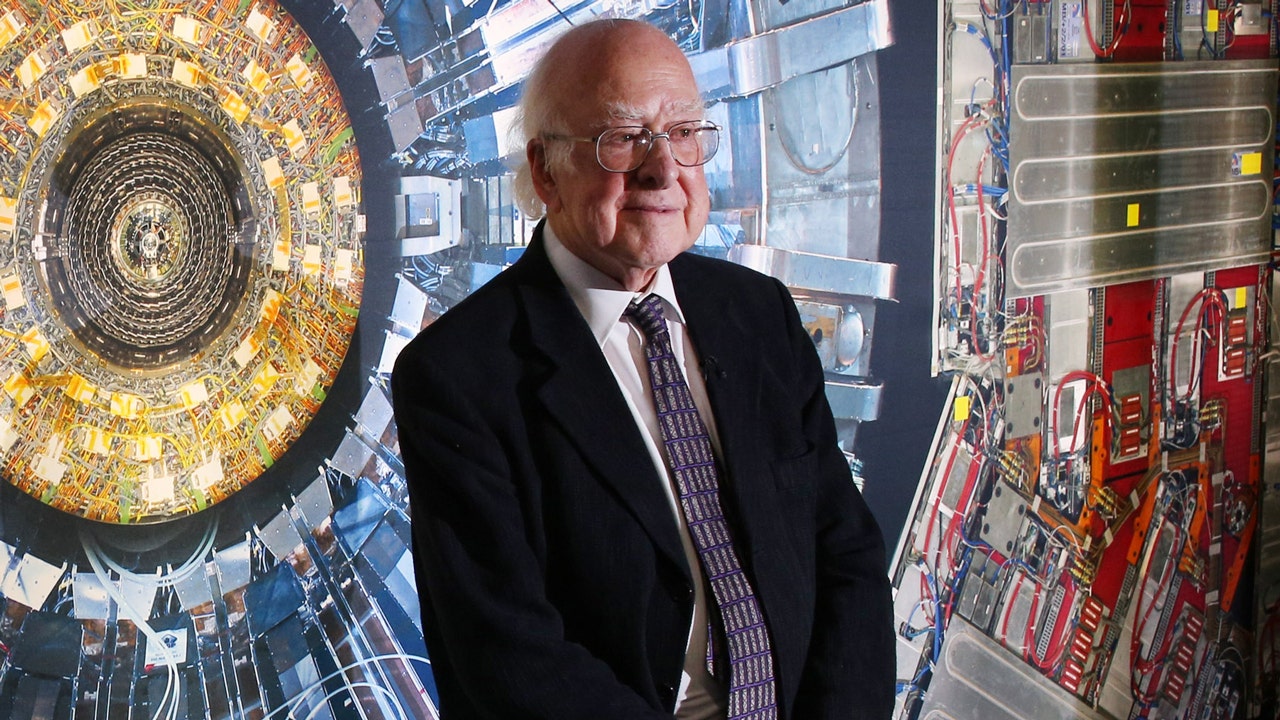automation play in modern Pcba manufacturing
Automation has become a cornerstone of modern PCBA (Printed Circuit Board Assembly) manufacturing, revolutionizing the way electronic devices are produced. With advancements in technology, automation has taken on a pivotal role in nearly every aspect of the manufacturing process, from component placement to quality control. This article delves into the multifaceted role that automation plays in modern PCBA manufacturing and its impact on efficiency, accuracy, and productivity.
One of the primary areas where automation excels in pcba manufacturing is in component placement. Automated pick-and-place machines are capable of precisely positioning thousands of electronic components onto PCBs with unparalleled speed and accuracy. These machines can handle components of various sizes, shapes, and complexities, making them ideal for high-volume production runs where consistency and precision are paramount. By automating the component placement process, manufacturers can significantly reduce assembly time, minimize errors, and increase throughput.
Furthermore, automation plays a crucial role in soldering, the process of joining electronic components to the PCB using solder. Automated soldering machines utilize techniques such as wave soldering, reflow soldering, and selective soldering to achieve precise and reliable solder joints. These machines can solder multiple components simultaneously, ensuring uniform heat distribution and minimizing the risk of defects such as solder bridges or cold joints. By automating the soldering process, manufacturers can achieve consistent results across batches, improve solder joint quality, and reduce the need for manual intervention.

What role does automation play in modern Pcba manufacturing?
In addition to component placement and soldering, automation is also integral to quality control and inspection in PCBA manufacturing. Automated optical inspection (AOI) systems use cameras and image processing algorithms to inspect PCBs for defects such as missing components, misaligned parts, solder defects, and PCB damage. These systems can quickly and accurately identify defects that may be missed by manual inspection, allowing manufacturers to detect and rectify issues early in the production process. By automating quality control, manufacturers can improve product reliability, reduce rework costs, and enhance customer satisfaction.
Moreover, automation extends beyond the production floor to encompass various administrative and logistical tasks in PCBA manufacturing. Automated inventory management systems track the flow of components and materials throughout the production process, ensuring optimal inventory levels and minimizing the risk of stockouts or shortages. Automated scheduling and production planning software optimize production workflows, allocate resources efficiently, and minimize idle time, leading to improved overall efficiency and productivity.
Another significant advantage of automation in modern PCBA manufacturing is its ability to adapt to changing production requirements and scale operations seamlessly. Automated manufacturing systems can be easily reconfigured or reprogrammed to accommodate different PCB designs, component types, and production volumes. This flexibility allows manufacturers to respond quickly to shifting market demands, ramp up production capacity as needed, and maintain a competitive edge in the industry.
Furthermore, automation plays a critical role in enhancing worker safety and ergonomics in PCBA manufacturing. By automating repetitive or physically demanding tasks, such as lifting heavy components or operating machinery, manufacturers can reduce the risk of workplace injuries and improve employee well-being. Automation also frees up human workers to focus on more skilled and strategic aspects of the production process, such as design optimization, process improvement, and problem-solving.
In conclusion, automation has become an indispensable asset in modern PCBA manufacturing, driving improvements in efficiency, accuracy, productivity, and quality. From component placement and soldering to quality control and logistical operations, automation touches nearly every aspect of the manufacturing process, enabling manufacturers to produce electronic devices faster, more reliably, and with greater precision than ever before. As technology continues to advance, automation will undoubtedly play an increasingly pivotal role in shaping the future of PCBA manufacturing.



